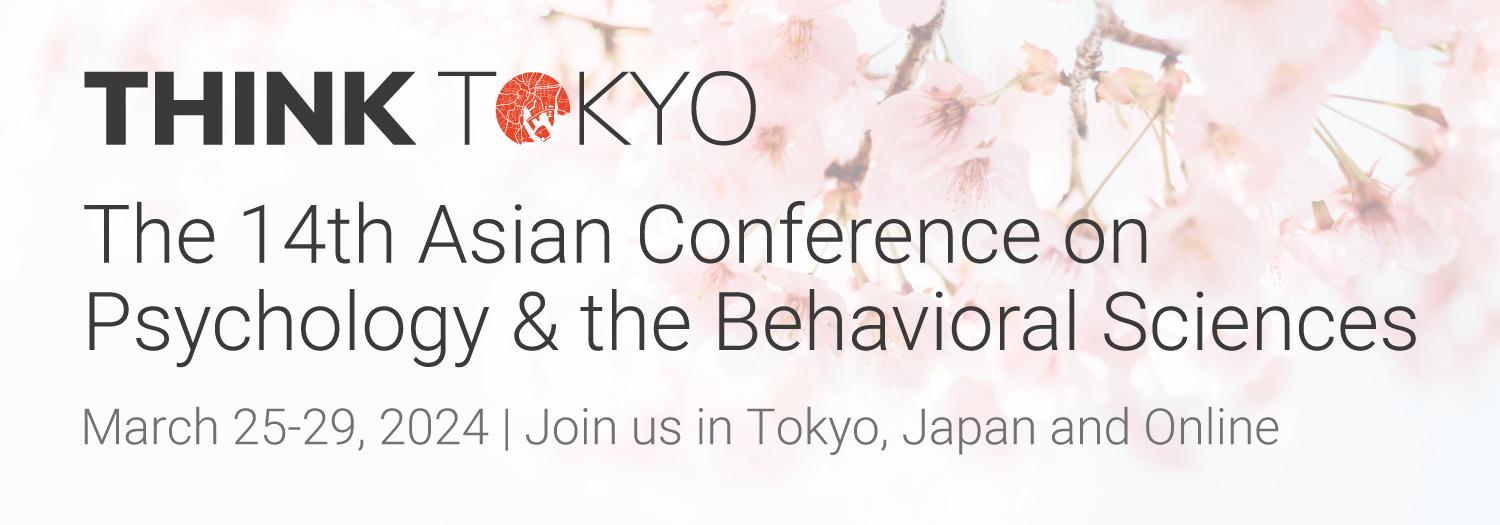Prevalence Rate of Prolonged Grief Disorder (PGD) in Adult Bereavement in East Asia (76874)
Monday, 25 March 2024 15:00
Session: Poster Session 1
Room: Orion Hall (5F)
Presentation Type: Poster Presentation
Death is an inevitable and natural part of life, however, the emotional state of grief and pain after the passing of a family is devastating. While many recover over time, a minority experiences clinical dysfunction following a loss. Prolonged grief disorder (PGD) is a newly added diagnostic criterion in the DSM-5-TR to classify those who display pathological symptoms of grief for a prolonged period. The suggested pooled transcontinental prevalence rate of PGD is 9.8%. Eastern countries are supposed to have a lower prevalence rate compared to Western countries. This review aims to estimate the prevalence rate of PGD in the adult bereaved population of East Asia. A systematic literature search was conducted in PubMed, PsycINFO, and Web of Knowledge. Studies with the adult population in East Asian countries who have lost a family for at least 6 months were included and subjected to meta-analysis. Five eligible studies from China and Japan were identified. Meta-analysis revealed a pooled PGD prevalence of 8.90%(95% CI 0.2 - 17.6). The first systematic review and meta-analysis of the prevalence of PGD within the East Asian population support the hypothesis of a lower prevalence rate in high- and upper-middle-income Asian countries than in Western countries. The finding suggests a cultural difference in the bereaved responses to grief and how East Asian cultural values can serve as protective factors. The few eligible studies only from two countries call for further investigation on PGD within the general bereaved population in East Asia.
Authors:
Hoang Le, New York University, United States
About the Presenter(s)
Mr Hoang Le is a University Postgraduate Student at New York University in United States
See this presentation on the full schedule – Monday Schedule





Comments
Powered by WP LinkPress